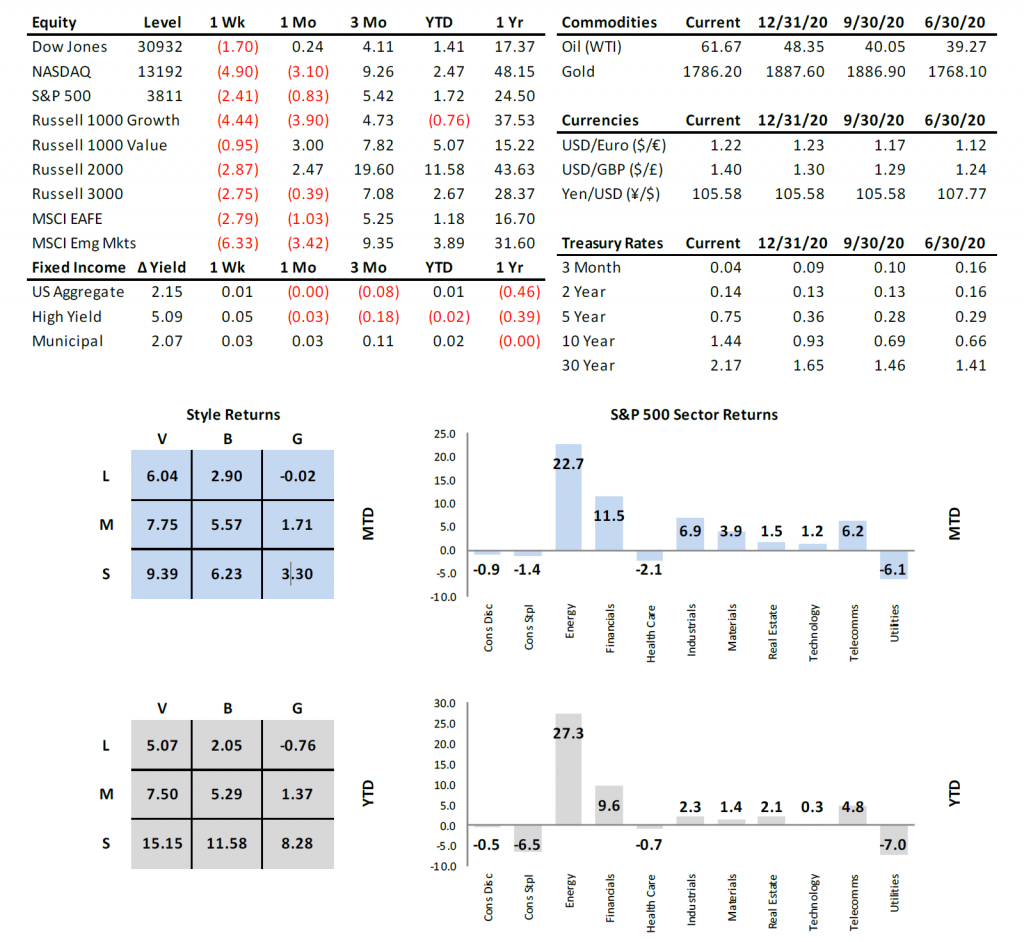SAGE Tuition Rewards
With SAGE Tuition Rewards, students will earn guaranteed minimum scholarships at over 455 participating private colleges and universities across America! The scholarships can equal up to one full year’s tuition!
Each Tuition Rewards Point is equal to $1.00 in tuition discounts if the student attends a participating college or university. The accumulated points represent the minimum scholarship (grant or other institutional discount) that the student will receive.
35,000 Tuition Rewards Points represent a guaranteed minimum $35,000 scholarship at our member colleges. Your loved-one may receive more, but is guaranteed not to receive less!
Tuition Reward Points accrue like frequent flyer miles and are earned by based on investments implemented with Concordia Wealth Planning. What makes Tuition Rewards even more unique is that you don’t have to use the investment earning Reward Points to pay for college! How you pay for college is your choice.
* SAGE Tuition Rewards is available for clients who wish to have Concordia implement investment advice through the Investment Management add-on


